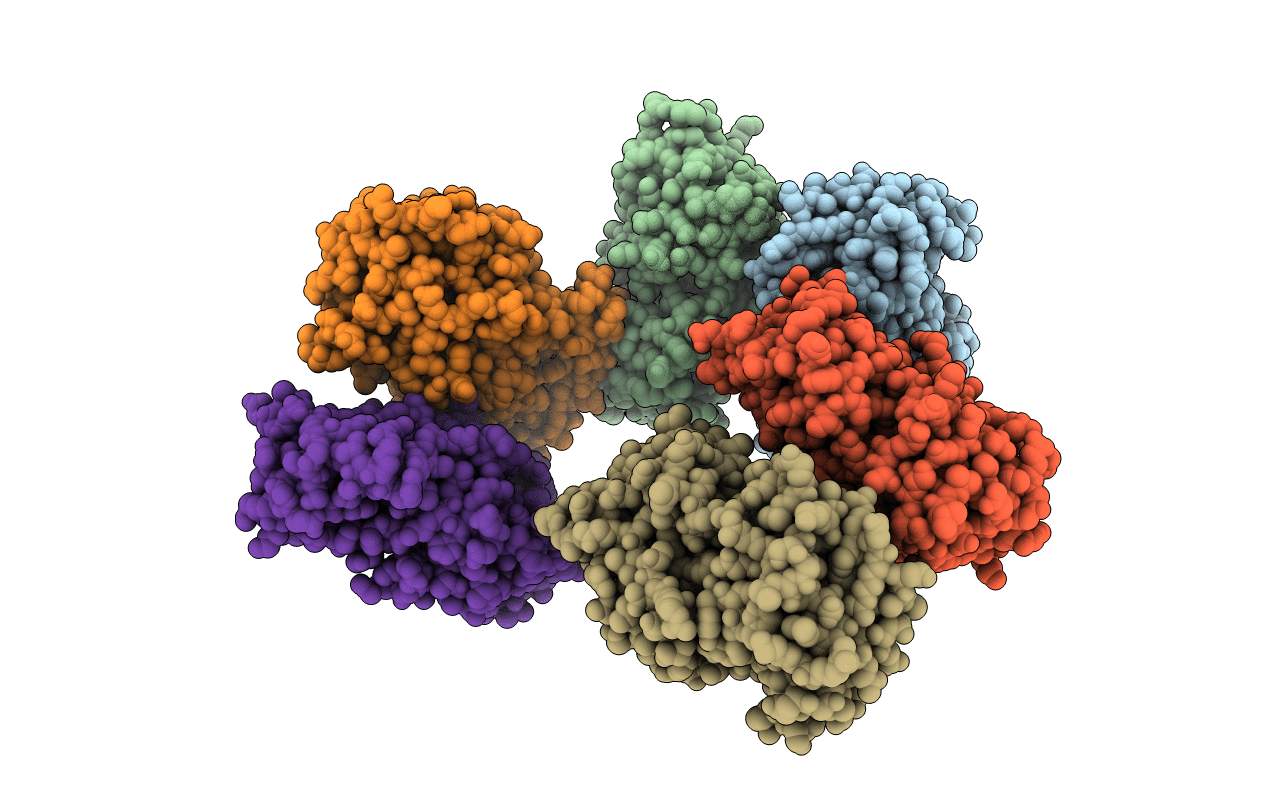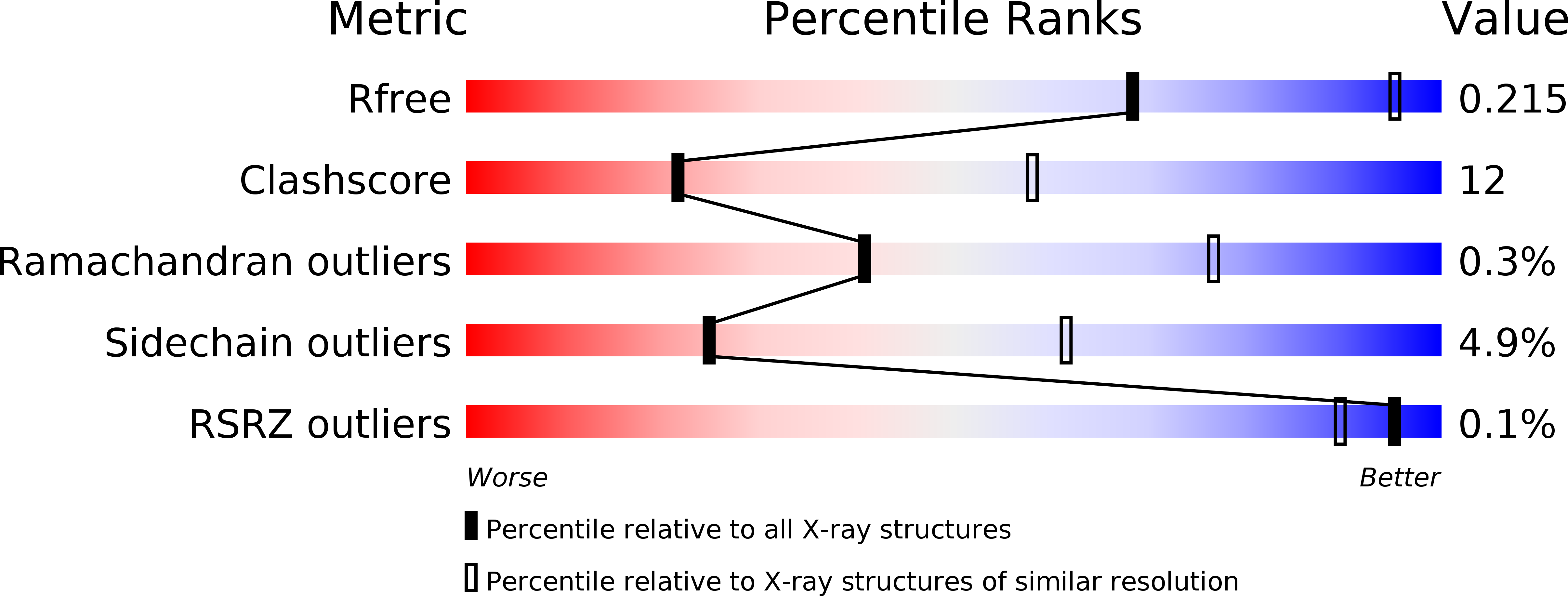
Deposition Date
2017-10-28
Release Date
2018-10-17
Last Version Date
2024-11-13
Entry Detail
PDB ID:
6EU7
Keywords:
Title:
Structure of the arsenite-bound form of AioX from Rhizobium sp. str. NT-26
Biological Source:
Source Organism:
Rhizobium sp. NT-26 (Taxon ID: 1125847)
Host Organism:
Method Details:
Experimental Method:
Resolution:
3.00 Å
R-Value Free:
0.21
R-Value Work:
0.19
R-Value Observed:
0.19
Space Group:
C 1 2 1


